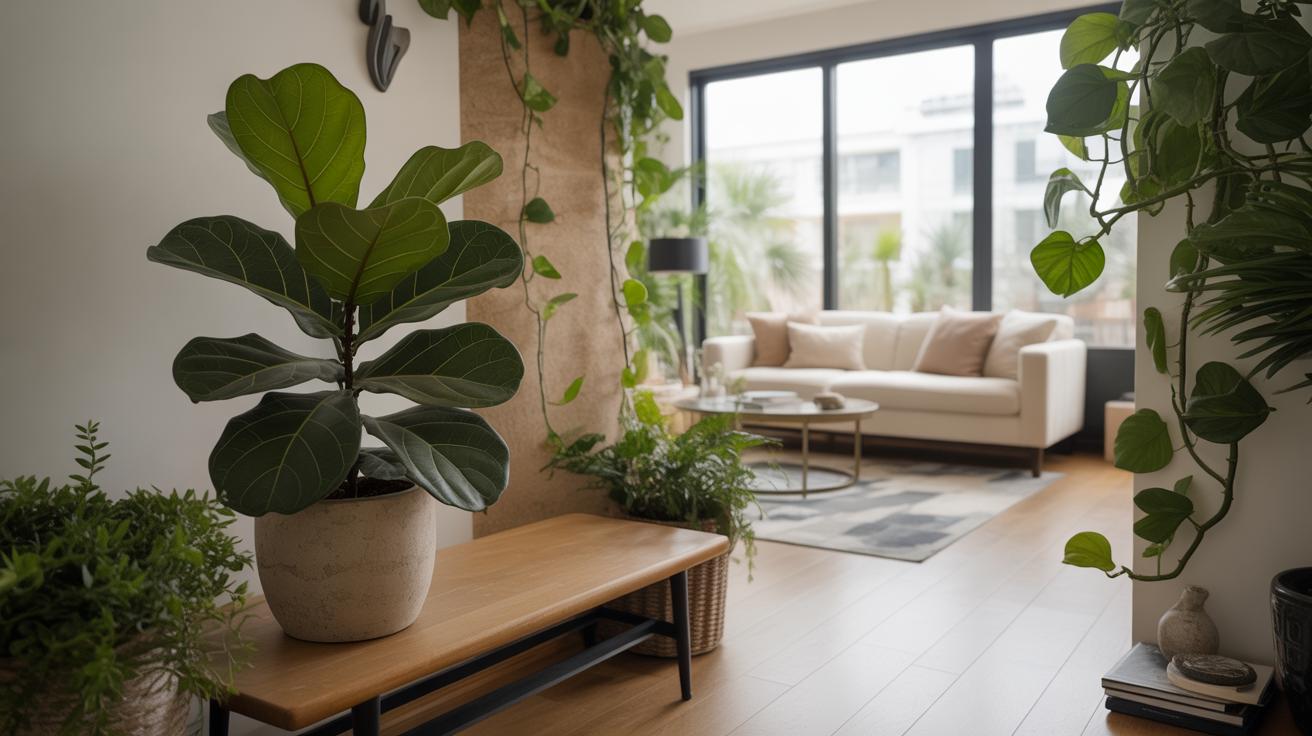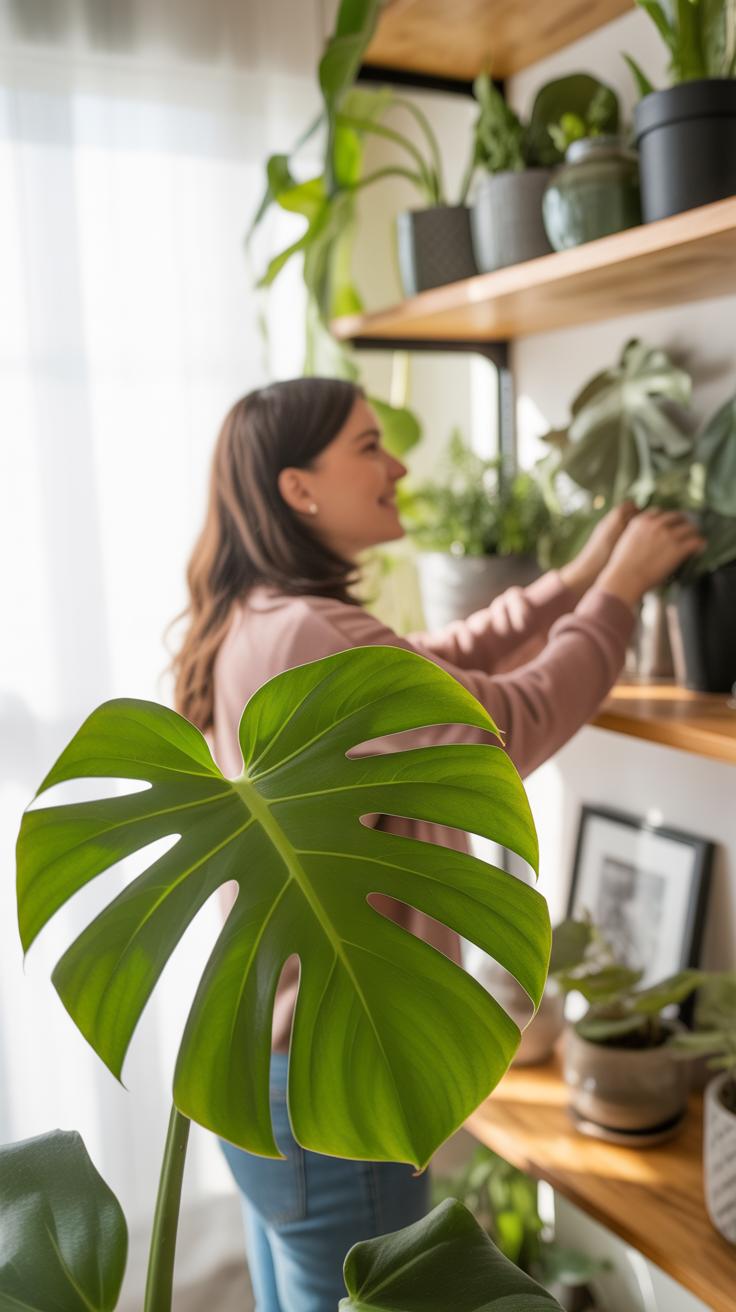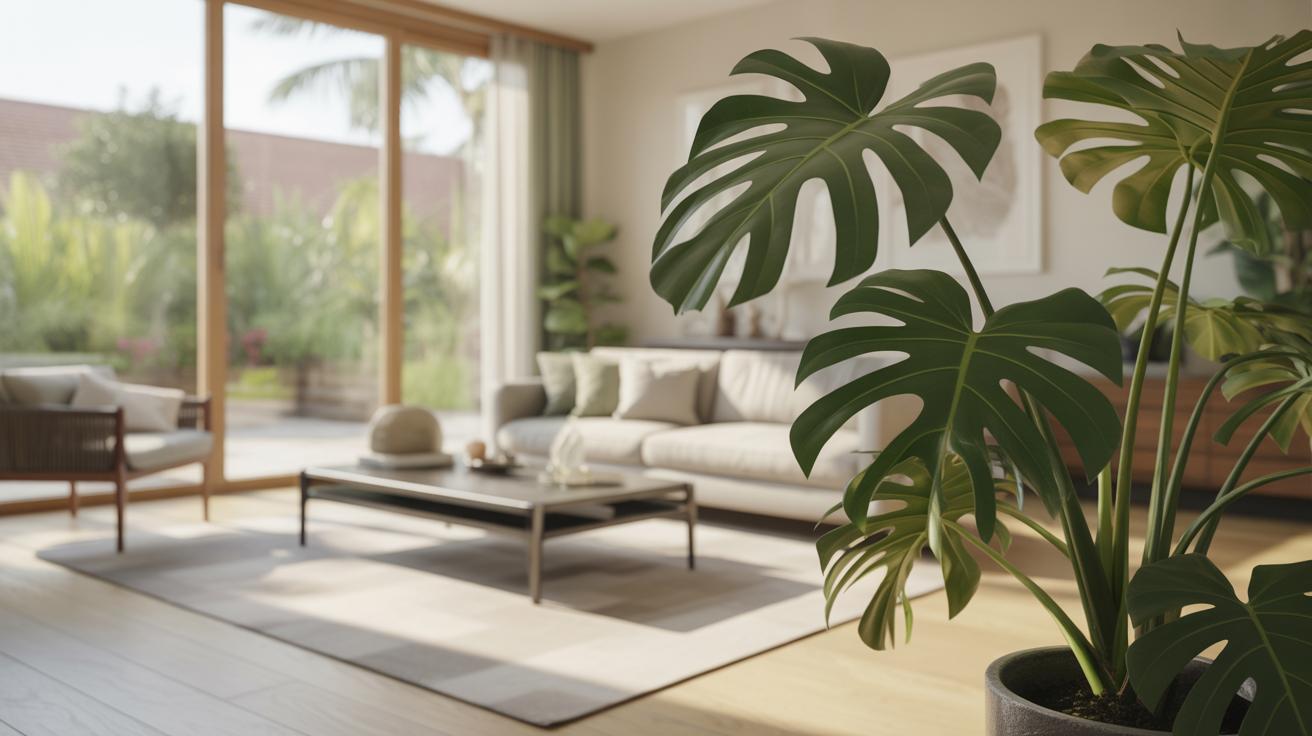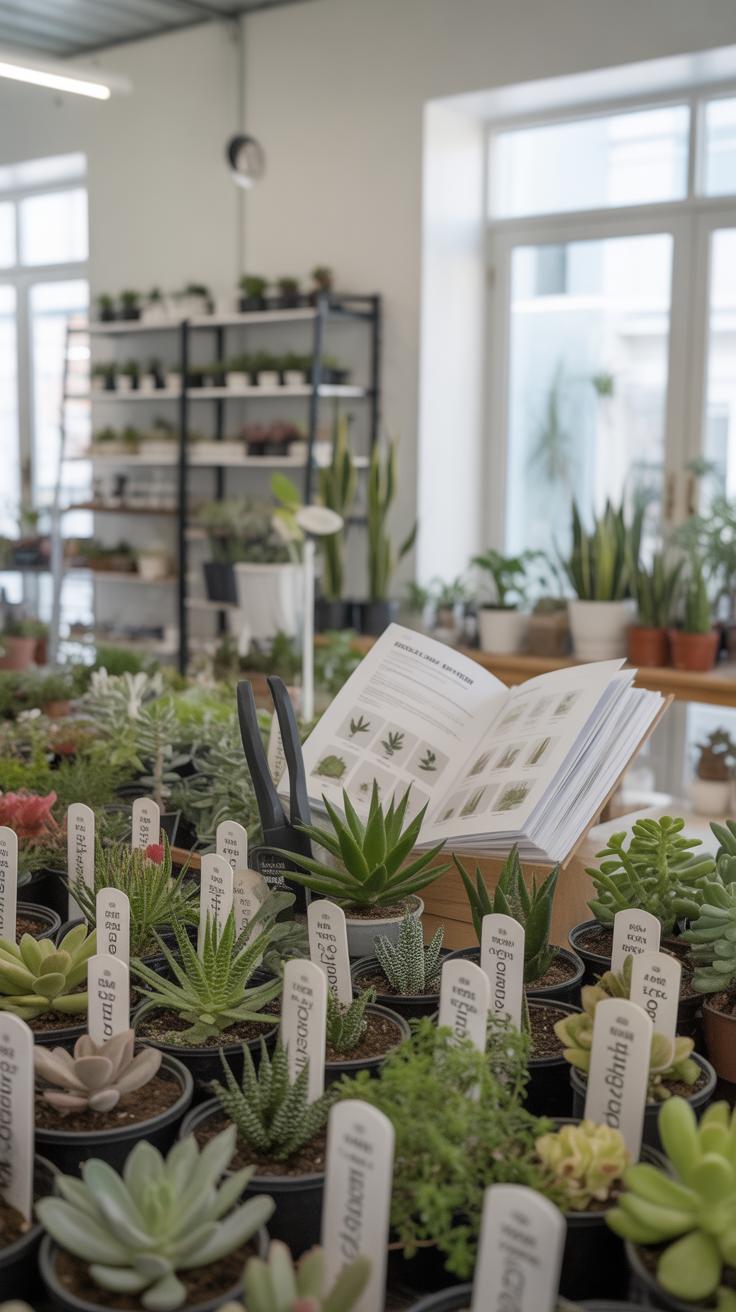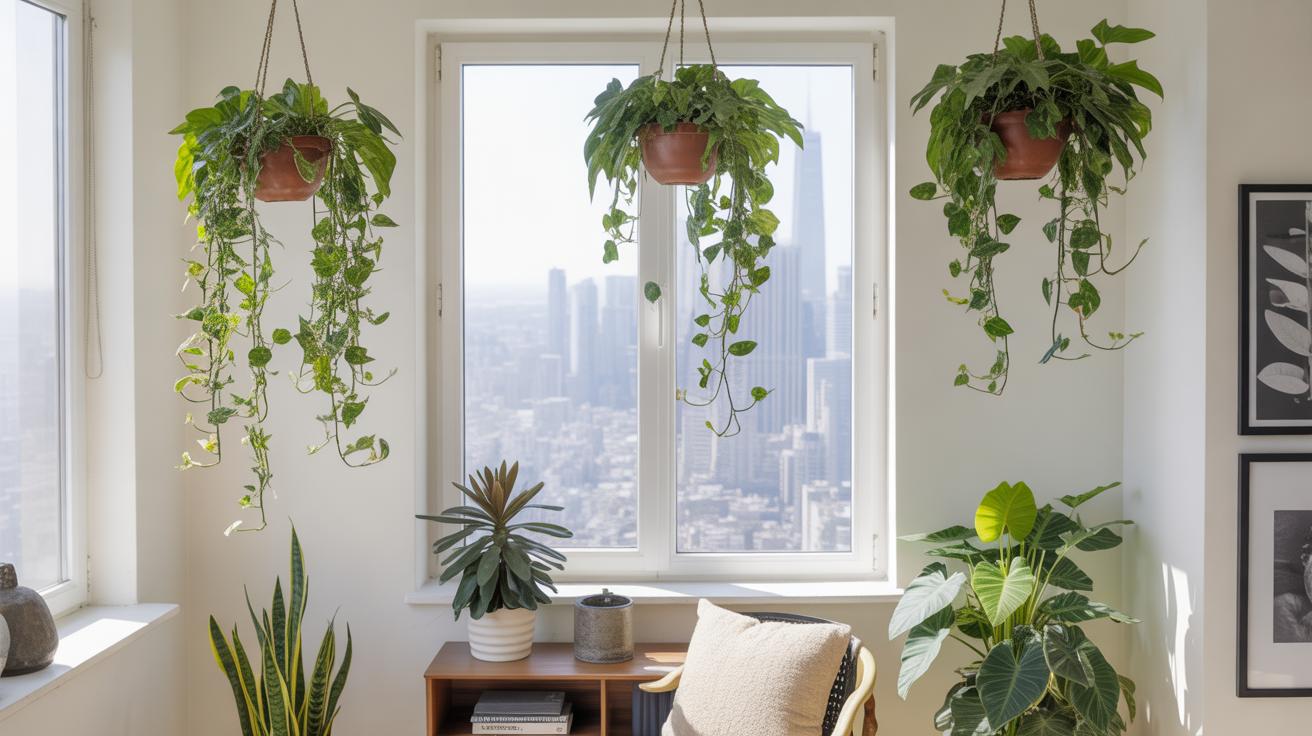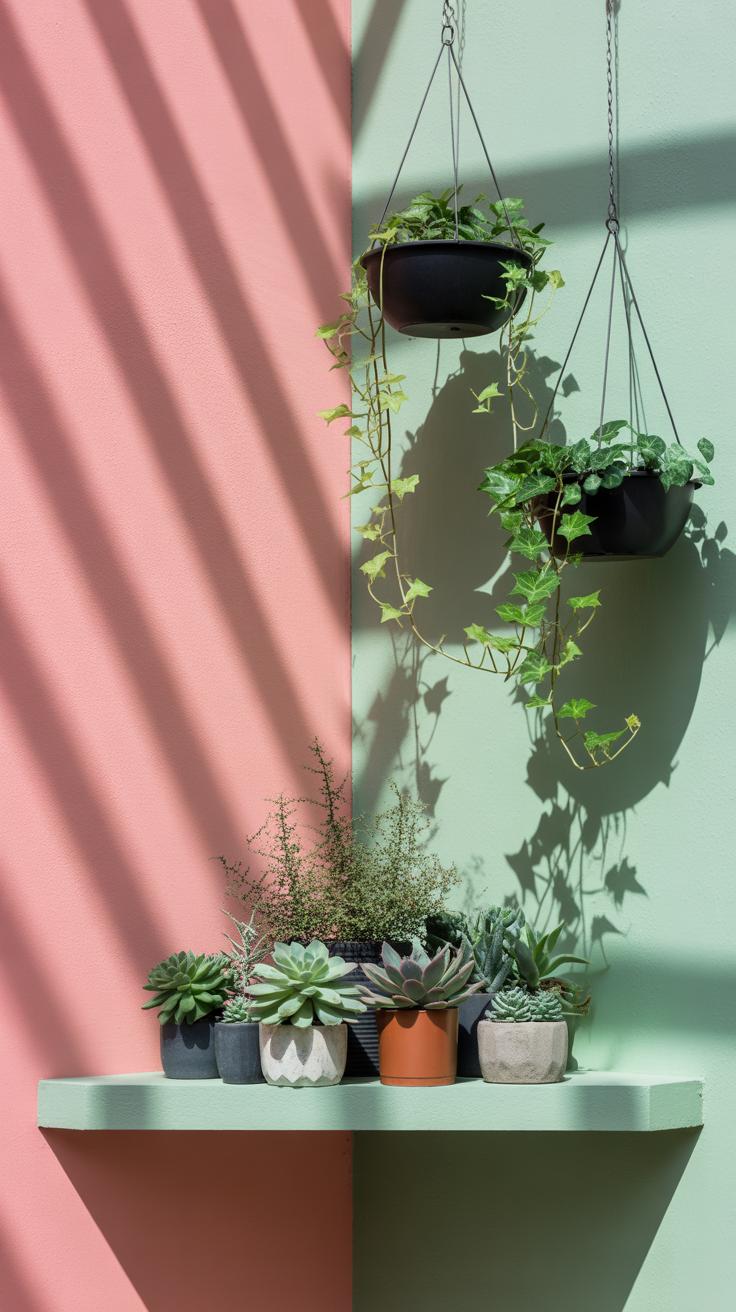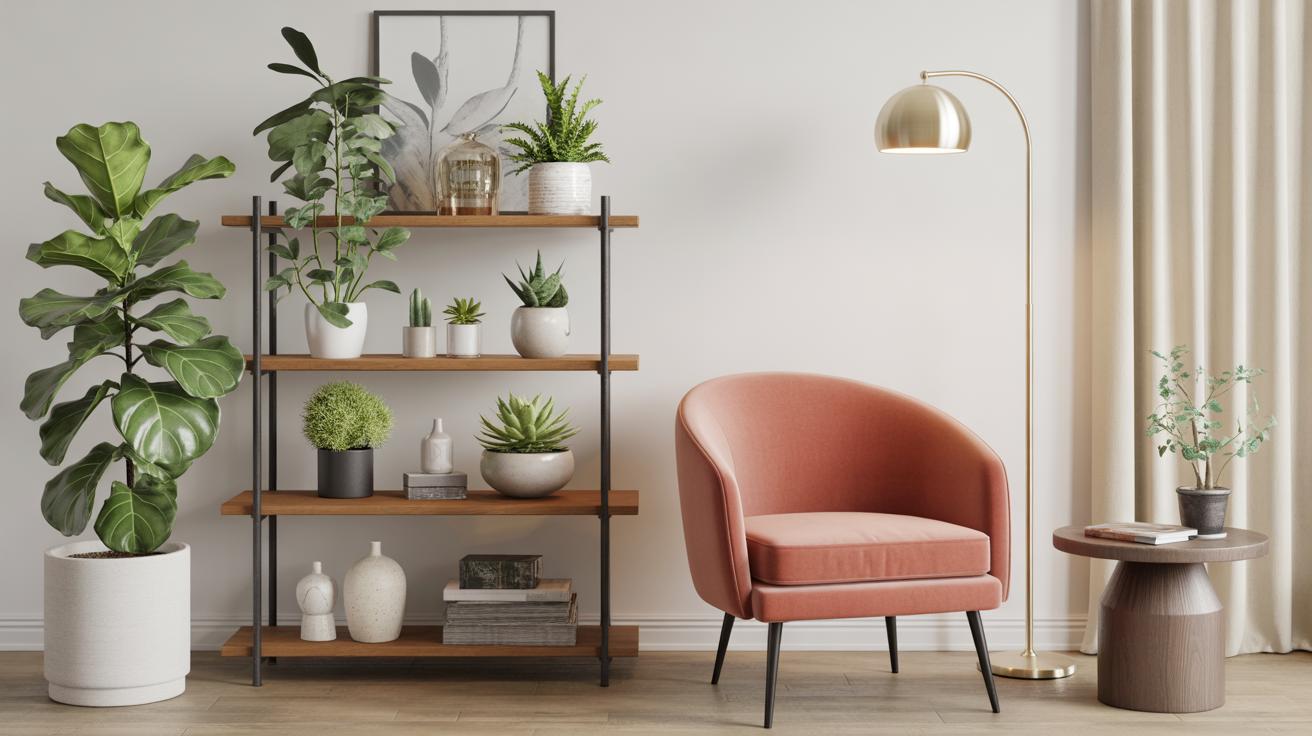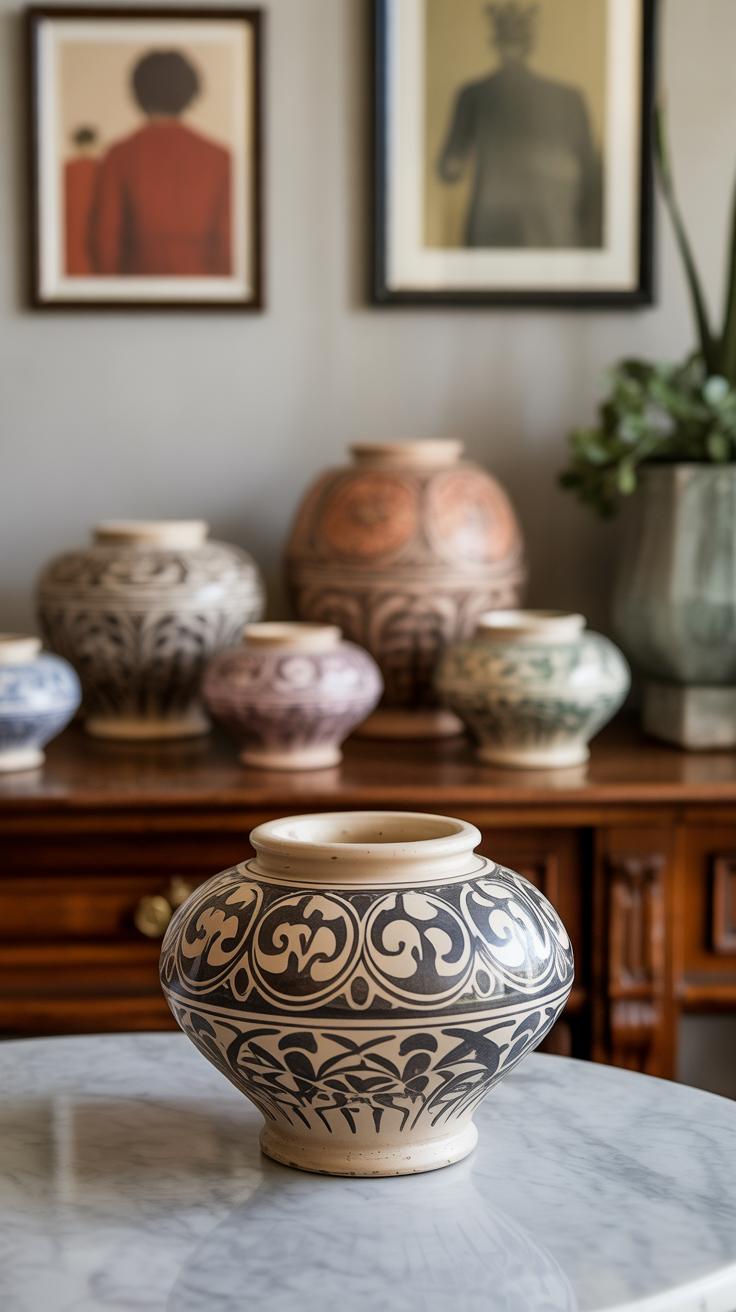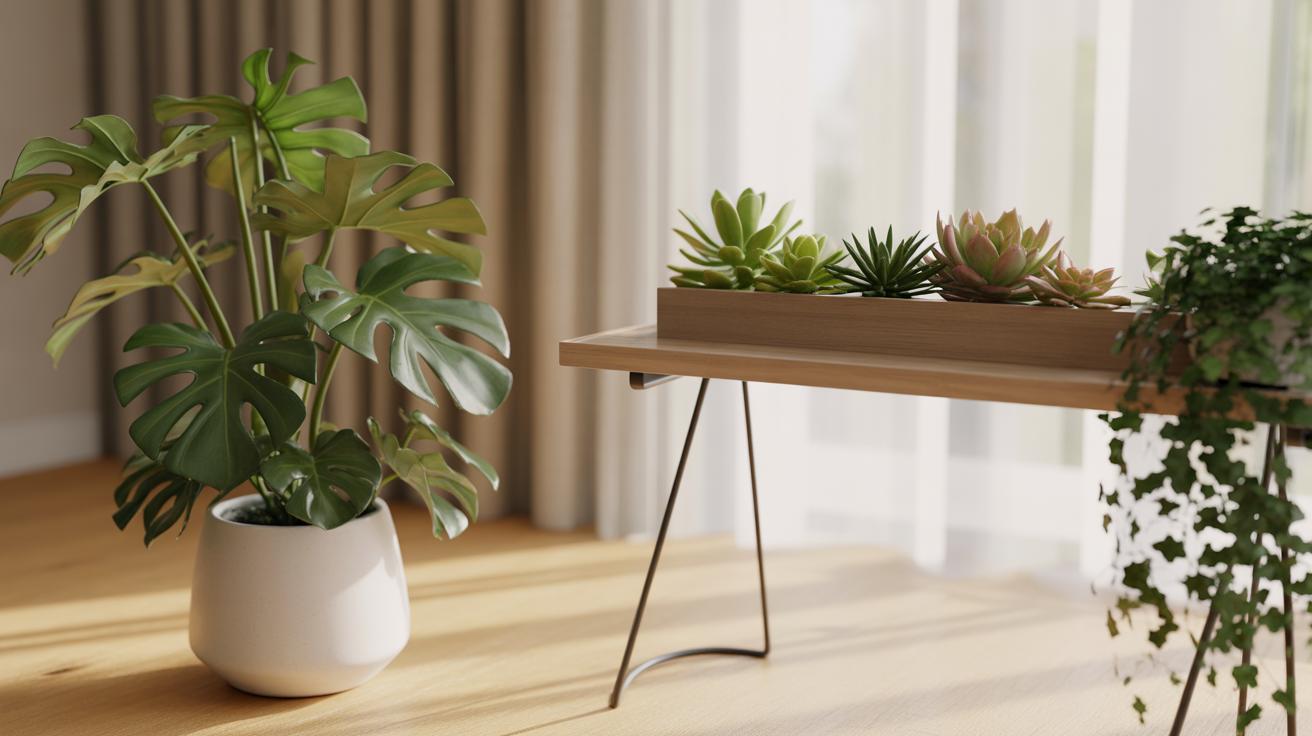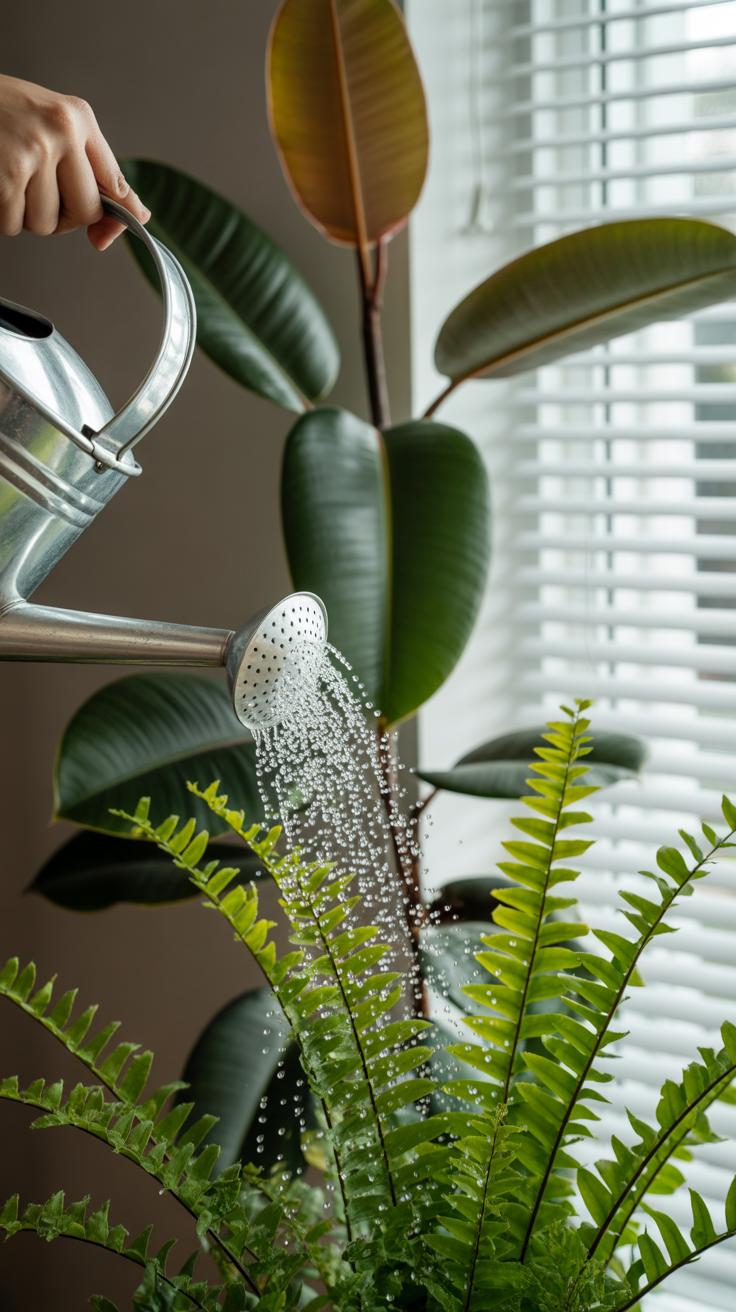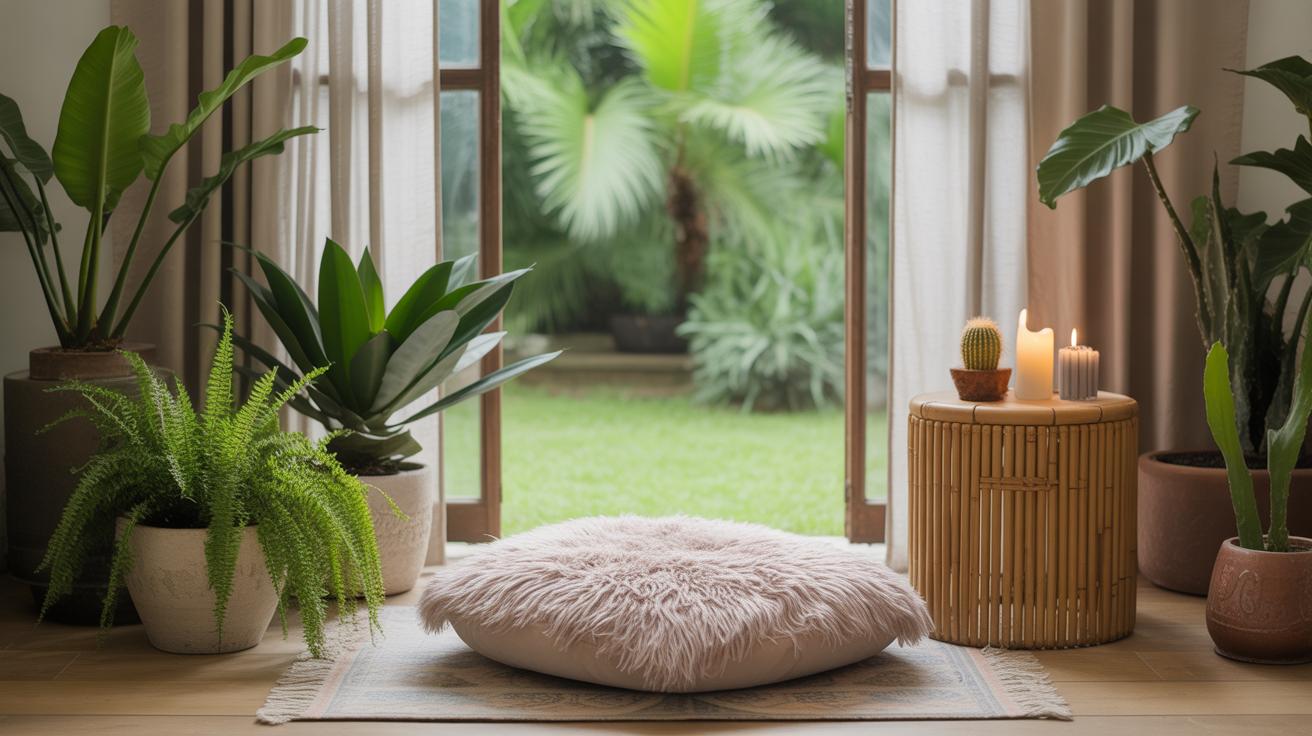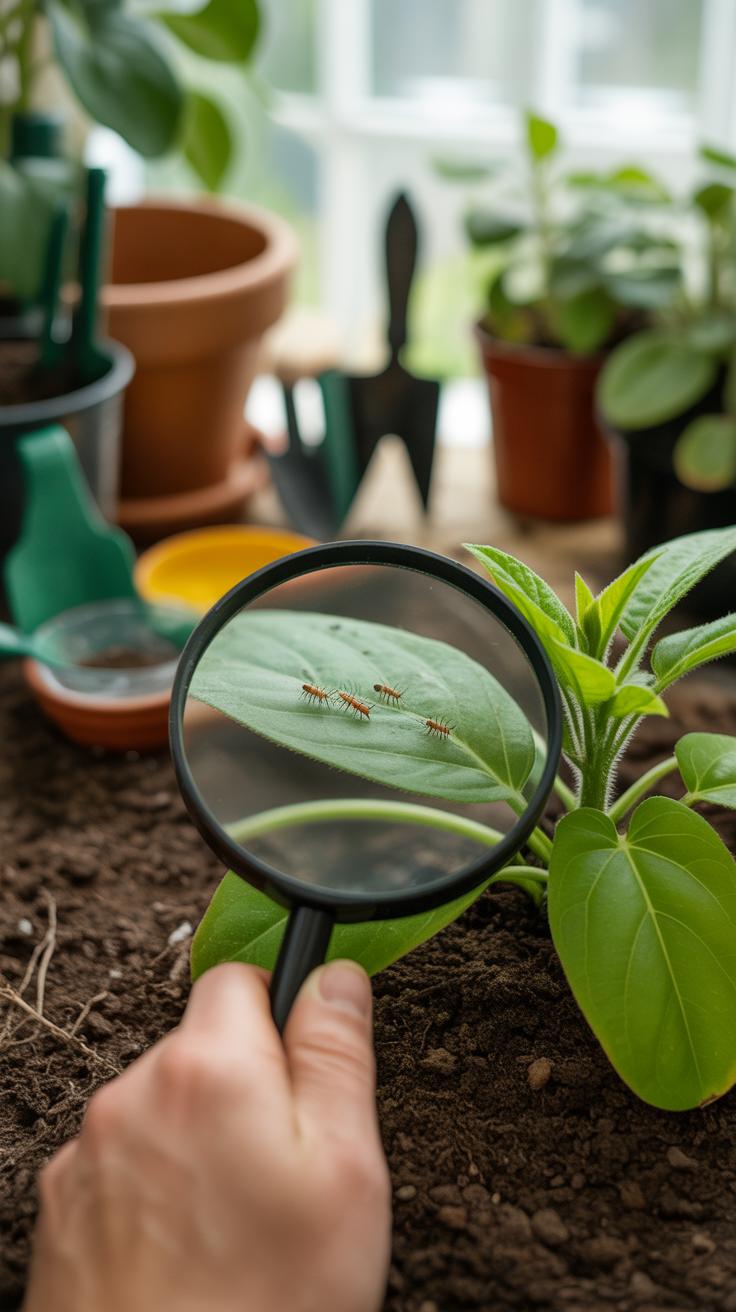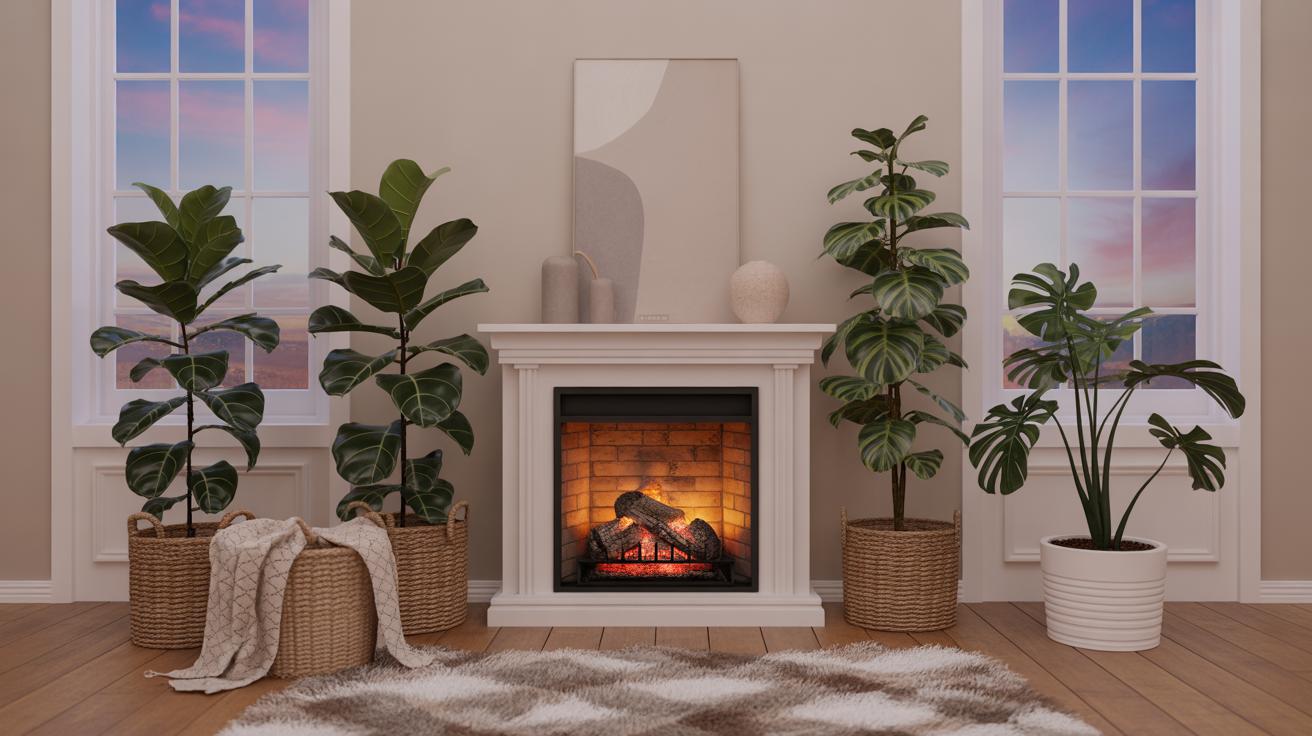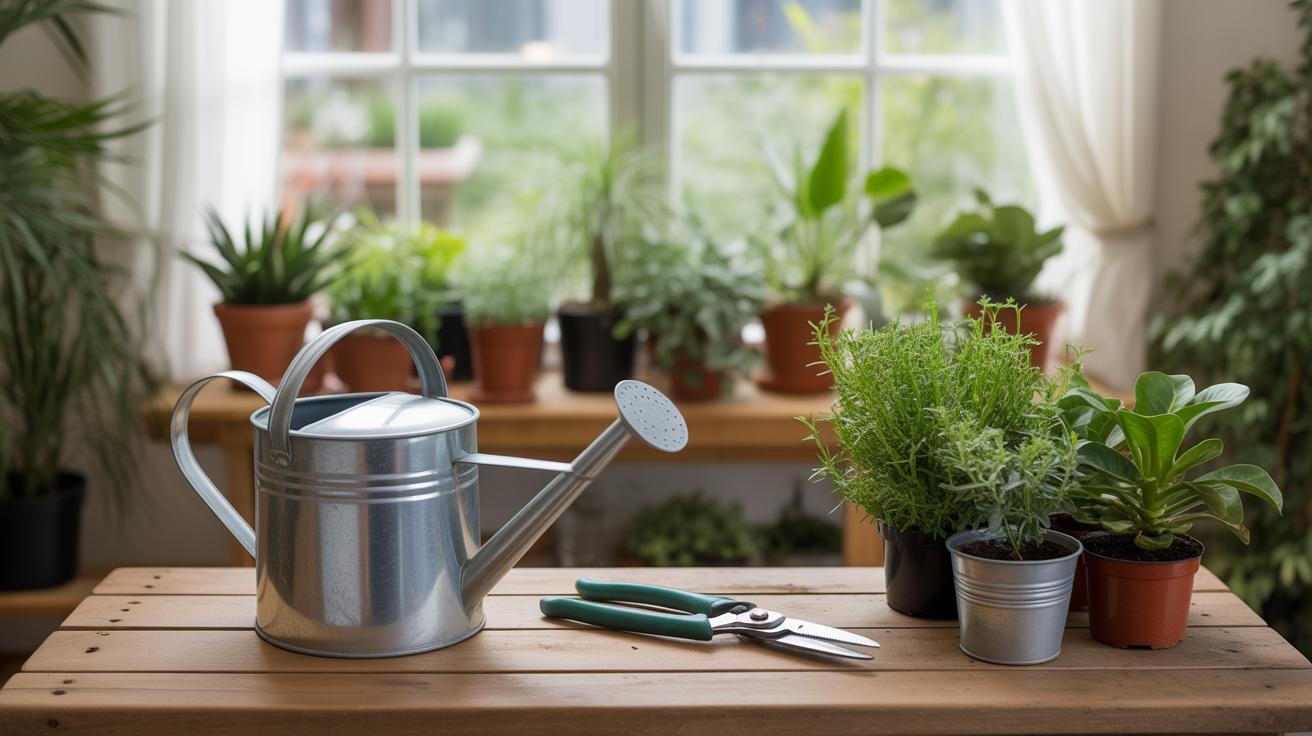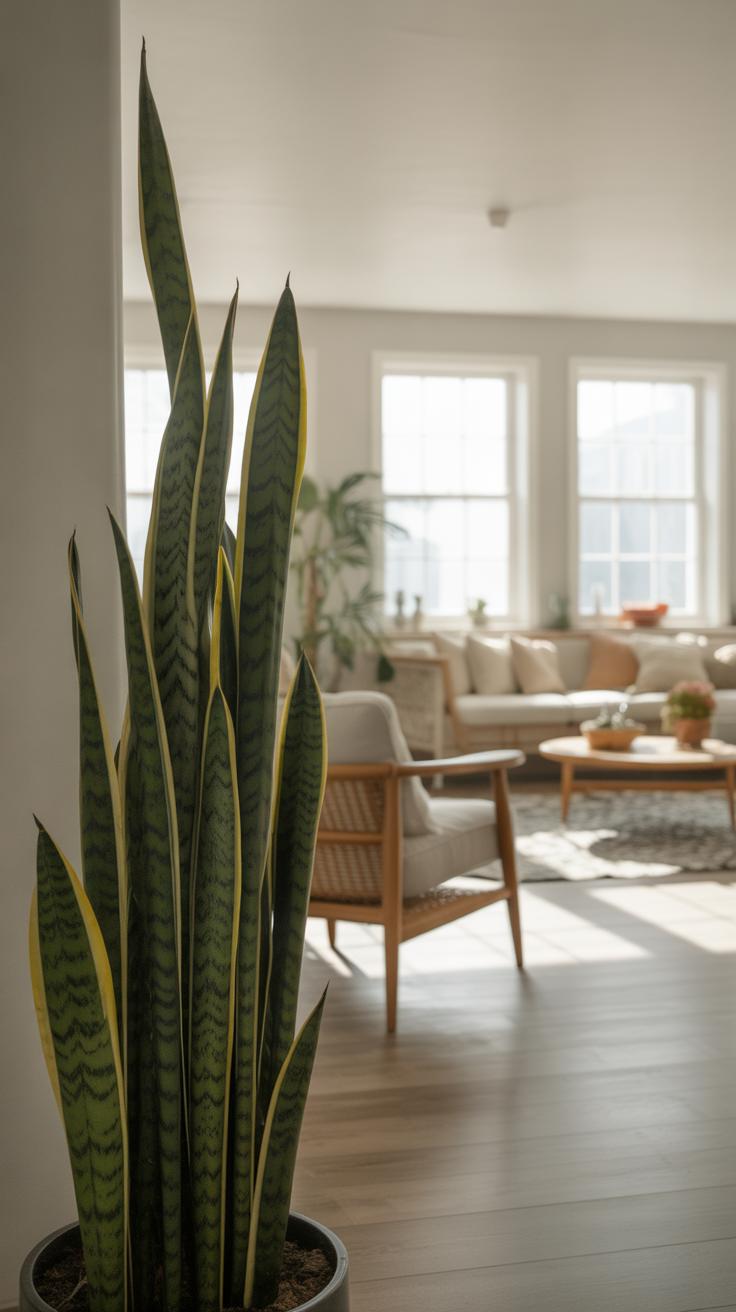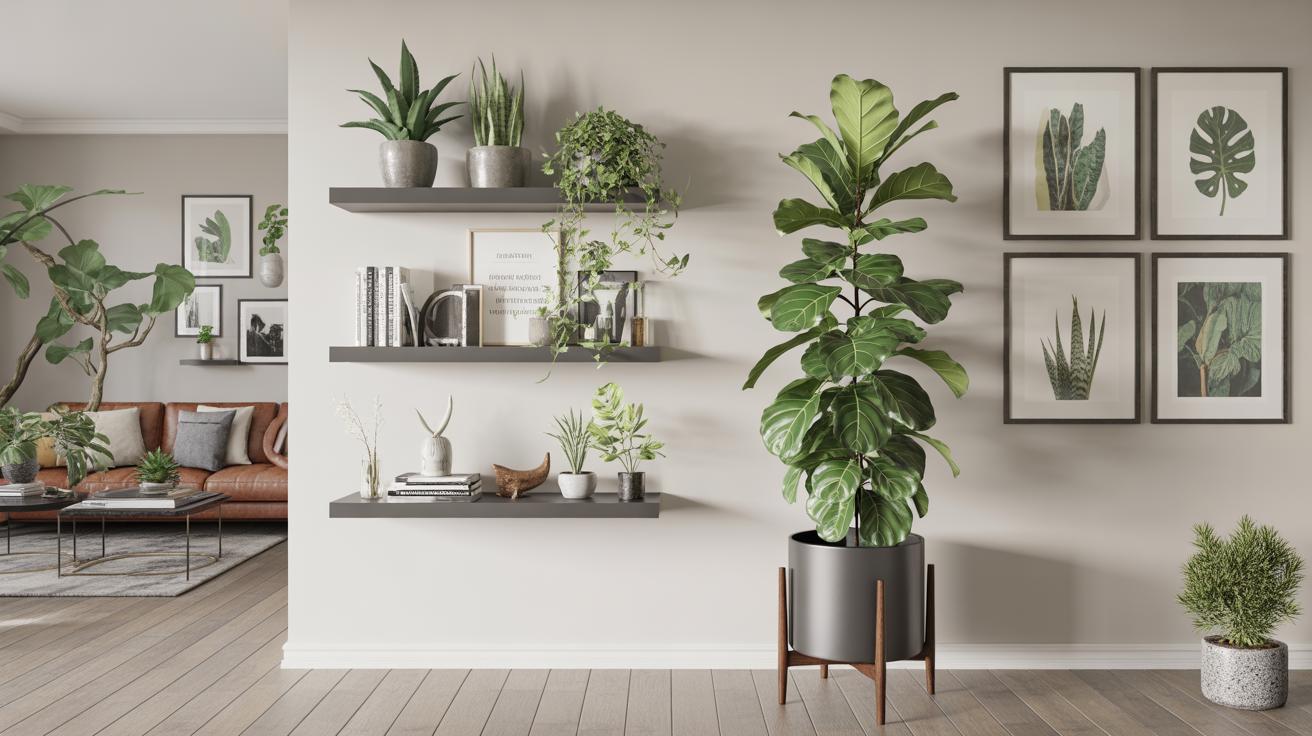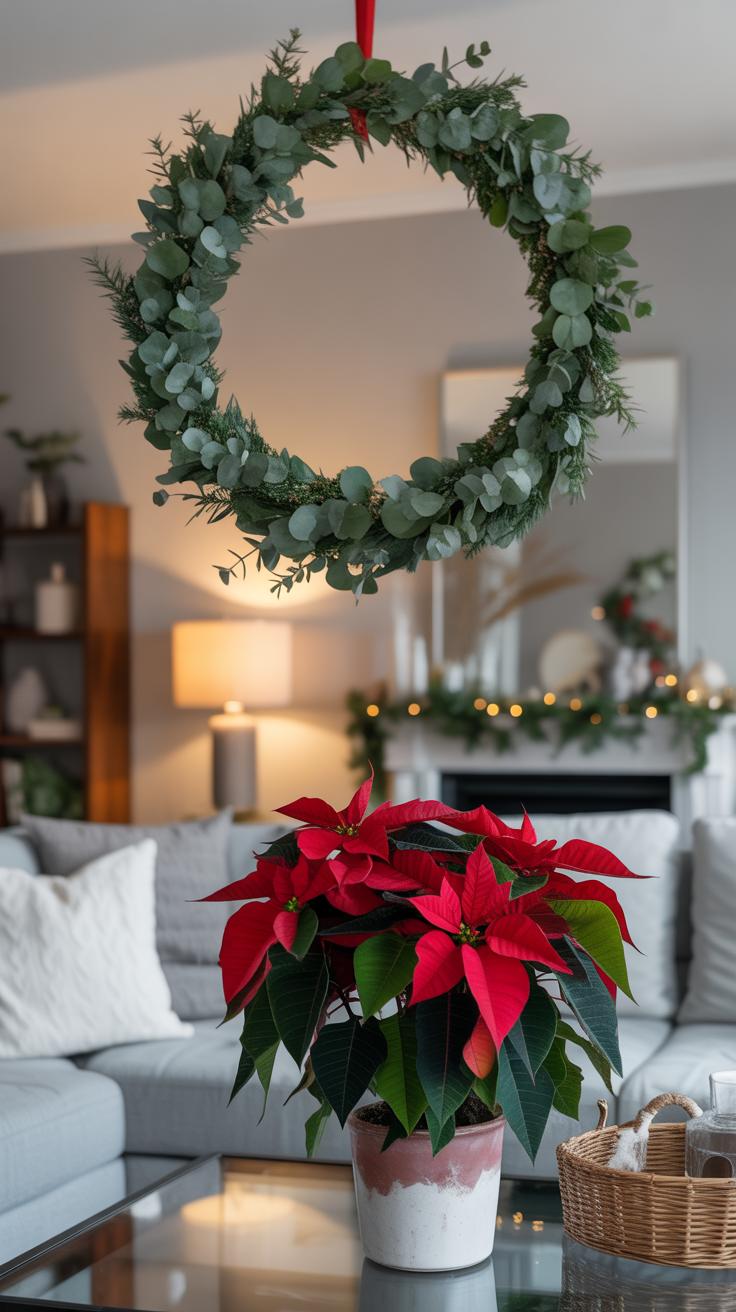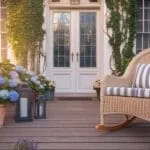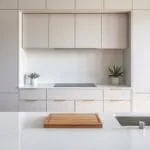Introduction
Indoor plants add life to your home while improving the environment. They can make your space feel fresher and more welcoming. When you display plants inside your home, you improve air quality and beautify your surroundings.
This article will explore how you can elevate your decor with stunning indoor plant displays. You will learn how to choose, arrange, and care for plants that fit your space and style. These tips will help you create a healthy and attractive indoor garden that suits your lifestyle.
Benefits Of Indoor Plant Displays
Having indoor plant displays doesn’t just brighten up a room visually; they change the very atmosphere you breathe in. Plants can actually improve the air quality around you. They absorb toxins—like formaldehyde or benzene—that often lurk in paint fumes, cleaning the air in subtle but important ways. While it might not feel dramatic at first, over time, the air definitely feels fresher, especially in rooms that otherwise get little ventilation. There’s this quiet comfort in knowing your plants are quietly working to add oxygen too, which might explain why some people say indoor plants make them feel more alert or awake.
Beyond cleaner air, plants seem to have this mood-lifting effect that’s hard to put your finger on. There have been studies pointing to lower stress levels when people have greenery in their living or workspaces. I’ve noticed that on days when my tiny desk plant looks wilted, the whole office vibe seems just a bit more tense. On the flip side, vibrant plants can actually help improve concentration and reduce feelings of anxiety, which is probably why offices with more plants often report happier workers.
And of course, indoor plants offer an easy way to add character to your décor. They bring a natural element that softens harsh lines in furniture or fills awkward corners without overcrowding a space. You don’t need a lot—sometimes a single large leaf or an interesting pot can make a room feel thoughtfully arranged. It’s almost like they have a personality that invites you to relax, even when the rest of the room is quite basic or utilitarian.
Selecting The Right Indoor Plants
Choosing the right indoor plants can be a bit tricky, especially when you consider the variety of lighting, humidity, and care levels in different rooms. Your space might be cozy but dim, or filled with sunlight but dry. So, it’s really about matching the plant to its environment rather than forcing one to fit awkwardly.
For low light spaces, think of plants that don’t fuss over the lack of sun. Pothos and snake plants are great examples. They tolerate shadows and corners where light barely reaches. These are forgiving choices if you’re new to plant care or have rooms like bathrooms or north-facing areas that just don’t get much natural light.
If you have rooms with brighter exposure, especially those with indirect sunlight, you can consider a wider range of plants. Many ferns, spider plants, and peace lilies thrive here—they enjoy light but won’t do well in direct harsh sun. You might wonder if your window really counts as ‘bright, indirect’ light. Sometimes the placement can make all the difference; a sheer curtain or a nearby wall can soften intense rays.
Then there’s the question of care level. Some plants demand more humidity and attention, like calatheas or monsteras, which prefer moist soil and moderate humidity. Others, like succulents, can survive dryer air with minimal watering. Don’t hesitate to think about your daily routine and how much time you want to spend caring for your greens.
Ultimately, reflecting on your specific environment—and maybe observing it at different times of the day—helps you decide. You want plants that feel at home in your space, not the other way around. Isn’t it more satisfying when your plant thrives without you needing to become a full-time gardener?
Creative Indoor Plant Arrangement Ideas
Grouping plants can bring a lot of character to a room. Mixing different heights can create a sense of depth—tall fiddle leaf figs or snake plants at the back, shorter succulents or ferns in front, and maybe a trailing pothos to soften edges. Sometimes I try clustering a couple of broad-leafed plants next to a spiky one just to see how the contrast plays out. It’s not always pretty the first time, but with a little tweaking, it feels right. Don’t hesitate to experiment with odd numbers—groups of three or five often feel more natural than sets of two.
The trick is balancing variety with cohesion. Think about leaf shape, texture, and color, but also the overall structure. Would a pot of grass-like dracaena complement a bushy monstera nearby? It’s worth trying out to see what works in your space.
Using shelves and hanging pots opens up new possibilities, especially in smaller areas. Vertical arrangements not only save floor space but draw your eyes upward—kind of like adding another dimension to your room. I like mixing in a few hanging planters at different heights next to framed art or mirrors; it feels unexpected and fresh.
- Try floating shelves to display a series of small pots, grouping plants with similar watering needs together for convenience.
- Use macramé or minimalist hanging pots to add greenery without cluttering surfaces.
- Stack plants on tiered plant stands or bookcases, making sure light reaches each one comfortably.
If you think about it, vertical gardening indoors is underused in many homes. Maybe because it feels tricky at first, but it really rewards you with a fuller, more dynamic space without taking up extra room. Could it be the key to getting that “planted” feeling even in a tiny apartment?
Pot Selection And Styling
Matching Pots To Your Decor
The pots you choose for your indoor plants do more than just hold dirt—they set the tone for the entire space. When picking pots, think beyond the plant itself. Consider the colors in your room. A deep green plant can look sharp in a warm terracotta pot or maybe something more neutral like stone gray, depending on the vibe you want. Shapes play a role too. Round pots feel soft and approachable, while angular ones bring a modern edge. Sometimes, mixing shapes sparks more interest than sticking to one style.
Materials add another layer to the story. Ceramic gives a classic look, but metal pots introduce a bit of cool, unexpected contrast. I’ve noticed that glass pots, while attractive, can sometimes make plants feel like they’re on display rather than part of the room. Think about what fits your personal style but don’t neglect the plant’s needs. A pot that clashes visually but suits the plant’s growth might be more valuable than a perfectly matching pot that doesn’t support the plant well.
Ensuring Proper Drainage
Drainage holes in pots are often overlooked, but they’re crucial for plant health. Without them, water can sit at the bottom, causing roots to rot—something I’ve accidentally done more than once. If your pot doesn’t have holes, using a cache pot is a smart workaround. Place your plant in a pot with drainage inside the decorative pot. This way, excess water won’t damage the roots, and you can still maintain the look you want.
Try to water your plants carefully when using cache pots. Excess buildup inside isn’t easy to spot, so you might want to lift the inner pot occasionally. It’s a bit fiddly, but it keeps the plant happy. Also, be mindful of the pot’s size. A too-large pot can hold moisture longer than necessary, increasing risk of overwatering. In practice, finding the balance between style and function, especially with drainage, requires a bit of trial and error. But getting it right really pays off in healthier, happier plants.
Caring For Your Indoor Plants
Watering Practices
Watering your indoor plants is more about observation than strict rules. Some plants, like succulents, want their soil dry between waterings. Others, like ferns, thrive in consistently moist soil. Overwatering remains the most common cause of indoor plant problems. You can see the signs—yellowing leaves or a soggy pot—but sometimes it’s subtle, like slow growth.
A good approach? Feel the soil with your fingers. If it’s dry an inch below the surface, it’s probably time to water. When you do water, pour enough so it seeps out of the drainage holes. This rinses excess salts but don’t let your plant sit in water. A few plants, like peace lilies, tolerate slightly wetter soil, but even they don’t like constant puddles.
Most indoor plants prefer less frequent, thorough watering rather than daily light watering. It might mean your schedule shifts a bit. Still, each plant varies, so keep a little journal—record what you do and watch how your plants react.
Light And Temperature Needs
Where you place your plants changes everything. Some need bright, direct light, while others prefer shade or filtered light. Succulents and cacti usually seek direct sun. Tropical plants like pothos or snake plants do better in low to medium light. But it’s not just about intensity—direction matters too. South-facing windows often provide the most light, but can get hot.
Temperature plays a quiet but crucial role. Most houseplants prefer temperatures between 65 and 75 degrees Fahrenheit. Anything much colder or hotter stresses them. Rooms near drafts or heating vents cause fluctuations that confuse plants. You might think your plant tolerates a spot because it looks fine, but over weeks, stress shows up.
Try moving plants if leaves start to curl, brown, or drop. Sometimes a subtle shift—just a few feet away or off a window sill—makes a big difference. You learn this over time, sensing your plants’ preferences more than any guide.
Improving Indoor Plant Health
Keeping indoor plants healthy can feel like a bit of an art, mostly because the challenges vary so much depending on the plant and your environment. One common issue is yellowing leaves, which might mean the plant is getting too much or too little light — sometimes it’s hard to tell which without testing. Another frequent problem is pests like spider mites or aphids that sneak in unnoticed. What helped me was regularly checking under the leaves and wiping them clean.
Stress from fluctuating temperatures or drafts can also weaken your plants, making them more vulnerable to diseases. Often, just moving a plant away from a cold window or a heater fixed the problem. Overwatering is probably the biggest troublemaker. It’s easy to give plants too much love, but that love can smother roots.
Try to balance your care routine but stay flexible—plants aren’t machines. If something looks off, small adjustments in light, water, or humidity might revive your green friend.
Preventing Root Rot And Diseases
Root rot usually sneaks in quietly but can be devastating. It mostly comes from consistently soggy soil and poor drainage. When roots sit in water, they begin to decay, and soon your plant looks wilty and sad even if the soil seems wet.
To avoid this, use pots with drainage holes. It matters more than you may think. Also, select well-draining soil mixes suited for your specific plant. I learned the hard way with a peace lily that loved constant moisture but hated soggy roots—once I switched soil and pots, it perked up quickly.
Signaling early is key. If you notice leaves yellowing or a foul smell from the soil, check the roots right away. Cutting off bad parts and replanting can save a plant sometimes. Diseases often follow root rot, so catching it early prevents a downward spiral.
Fertilizing Indoor Plants Correctly
Feeding your plants isn’t just about dumping fertilizer in the soil. The type, frequency, and amount all matter. Most indoor plants benefit from a balanced, water-soluble fertilizer during their growing seasons—usually spring and summer. But remember, overfeeding can burn roots or cause leaf burn. I once rushed feeding a few succulents, and they developed drop-off leaves. Slowing down helped them recover.
Some plants have specific needs. For example, orchids need a different feeding schedule from snake plants. It’s tempting to treat all plants the same, but they aren’t identical.
Pay attention to your plants’ reactions; yellowing or no growth might mean a nutrient shortage, but overfeeding can show as scorched edges. Feeding once a month usually works well, but less might do.
Using Indoor Plants To Define Spaces
Creating Natural Dividers
Sometimes, you want to break up an open room without adding walls or bulky furniture. Indoor plants offer a surprisingly gentle way to do this. Tall plants like fiddle leaf figs or dracaenas are great because their height naturally sets a boundary, but they don’t block light or feel heavy. Grouping several medium-sized pots together works too, especially when placed between seating areas or along a pathway.
Imagine a cluster of snake plants and pothos creating a subtle screen in your living room. It’s like marking zones without completely separating them. The plants soften edges, making the space feel intentional but open. You might find yourself adjusting the arrangement over time, moving things closer or farther apart as you live with it, which is part of the fun. It’s not a rigid setup—more like an organic room divider that breathes.
Highlighting Corners And Features
Often, corners or less-used nooks go unnoticed. Carefully positioning plants there can draw eyes in a quiet, natural way. A tall palm near a window can highlight the light source, while a bright-leaved plant on a low table can make an art piece or a fireplace surround feel more grounded.
Sometimes I’ve placed a single monstera near an unusual architectural angle, and it made that space feel less empty, more intentional. It’s almost like the plant points toward the feature, asking you to appreciate it. You don’t want to overwhelm the area; the idea is to emphasize, not clutter. Sometimes a twisty cactus or a hanging fern offers just enough interest without stealing attention or competing with your décor.
Have you noticed how a simple green touch can change how a space feels? Using plants to define and highlight is subtle, but it makes a difference you might not even realize until it’s gone.
Seasonal Changes And Indoor Displays
Adjusting Watering And Light In Winter
As daylight shortens and indoor temperatures drop, you’ll notice your plants behave differently. During winter, most indoor plants need less water because their growth slows down. You might be tempted to water less, but be cautious—not all plants react the same way. Some still need steady moisture, especially tropical varieties. Check the soil moisture with your finger rather than relying on a strict schedule.
Light becomes scarcer, which can stress sun-loving plants. If possible, move them closer to windows or supplement natural light with grow lights. Be mindful that windows tend to be colder, which can shock sensitive plants. So, it’s a balance—closer to light, but safe from drafts or chilly air. You might have to experiment a bit to find what works best for each plant.
Refreshing Your Plant Display
Winter might feel like a dull time for your plant display, but it’s actually a good opportunity to shake things up. Moving plants around can breathe new life into a corner or tabletop, especially if some spots get more sunlight in colder months.
Consider swapping out a few plants to match the season. For example, hardy succulents can brighten a bedside in winter, while leafier plants can retreat to warmer, shadier spots. Prune any leggy growth, clean dusty leaves, and maybe bring in a new pot or stand to add interest.
Sometimes, small tweaks are enough: rearranging pots to create layers or grouping plants with similar needs together. It keeps your indoor garden feeling fresh, even when the days are gray. Have you noticed how certain placements can suddenly make a room feel cozier? It’s subtle but worth trying.
Conclusions
Indoor plants change the look and feel of your home. They bring air purification and natural beauty that works in every room. By selecting the right plants and displaying them well, you create a peaceful and healthy environment.
Taking care of your indoor plants is simple once you know their needs. Use the guidelines in this article to choose plants that thrive in your space. With a good display and care routine, your indoor garden will grow strong and enhance your decor for years to come.

